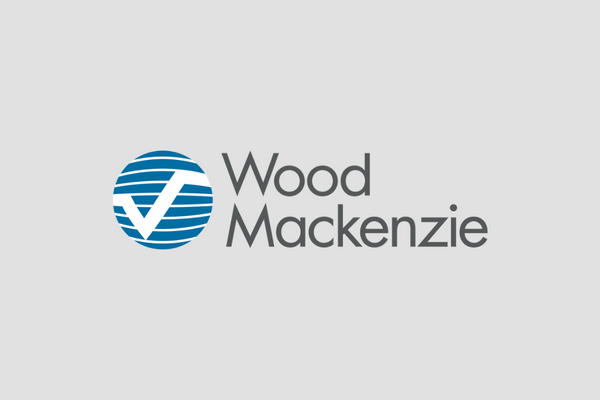Washington, D.C. — The Inflation Reduction Act (IRA) will help the U.S. solar market grow 40% over baseline projections through 2027, equal to 62 gigawatts (GW) of additional solar capacity, according to new forecasts in the U.S. Solar Market Insight Q3 2022 report released by the Solar Energy Industries Association (SEIA) and Wood Mackenzie.
According to Wood Mackenzie, the utility-scale sector will lead the solar industry’s growth over the next five years with 162 GW of new capacity. Cumulative solar installations across all market segments will nearly triple in size, growing from 129 GW today to 336 GW by 2027.
“This report provides an early look at how the Inflation Reduction Act is going to transform America’s energy economy, and the forecasts show a wave of clean energy and manufacturing investments that will uplift communities nationwide,” said SEIA president and CEO Abigail Ross Hopper. “With this incredible opportunity comes a responsibility to clearly address concerns over forced labor and ensure that we have ethical supply chains throughout the world.”
Despite a rosy outlook for the next five years, solar installation forecasts for 2022 have dropped to 15.7 GW, the market’s lowest total since 2019, due primarily to a Commerce Department tariff investigation. In June, the White House paused new solar tariffs for two years, providing some relief to the market. However, the Uyghur Forced Labor Prevention Act (UFLPA) went into effect on June 21 and has resulted in detentions of solar modules, exacerbating ongoing supply chain challenges.
The report finds that the UFLPA could limit solar deployment through 2023 due to module availability constraints, delaying the near-term effectiveness of the IRA to 2024 and beyond.
“The Inflation Reduction Act has given the solar industry the most long-term certainty it has ever had,” said Michelle Davis, principal analyst at Wood Mackenzie and lead author of the report. “Ten years of investment tax credits stands in stark contrast to the one-, two-, or five-year extensions that the industry has experienced in the last decade. It’s not an overstatement to say that the IRA will lead to a new era for the U.S. solar industry.”
Demand for rooftop solar is at historic highs in the face of power outages and increasing electricity prices. The residential solar segment set a record for the fifth consecutive quarter with nearly 180,000 American households installing solar in Q2. The IRA will drive an additional 7.3 GW of residential solar capacity over the next five years, and the new standalone storage tax credit across all market segments is expected to improve grid reliability.
Even as supply chain constraints slowed the market, solar accounted for 39% of all new electric generating capacity additions in the first half of 2022. The U.S. solar market now represents about 4.5% of the nation’s electricity mix.









Comments